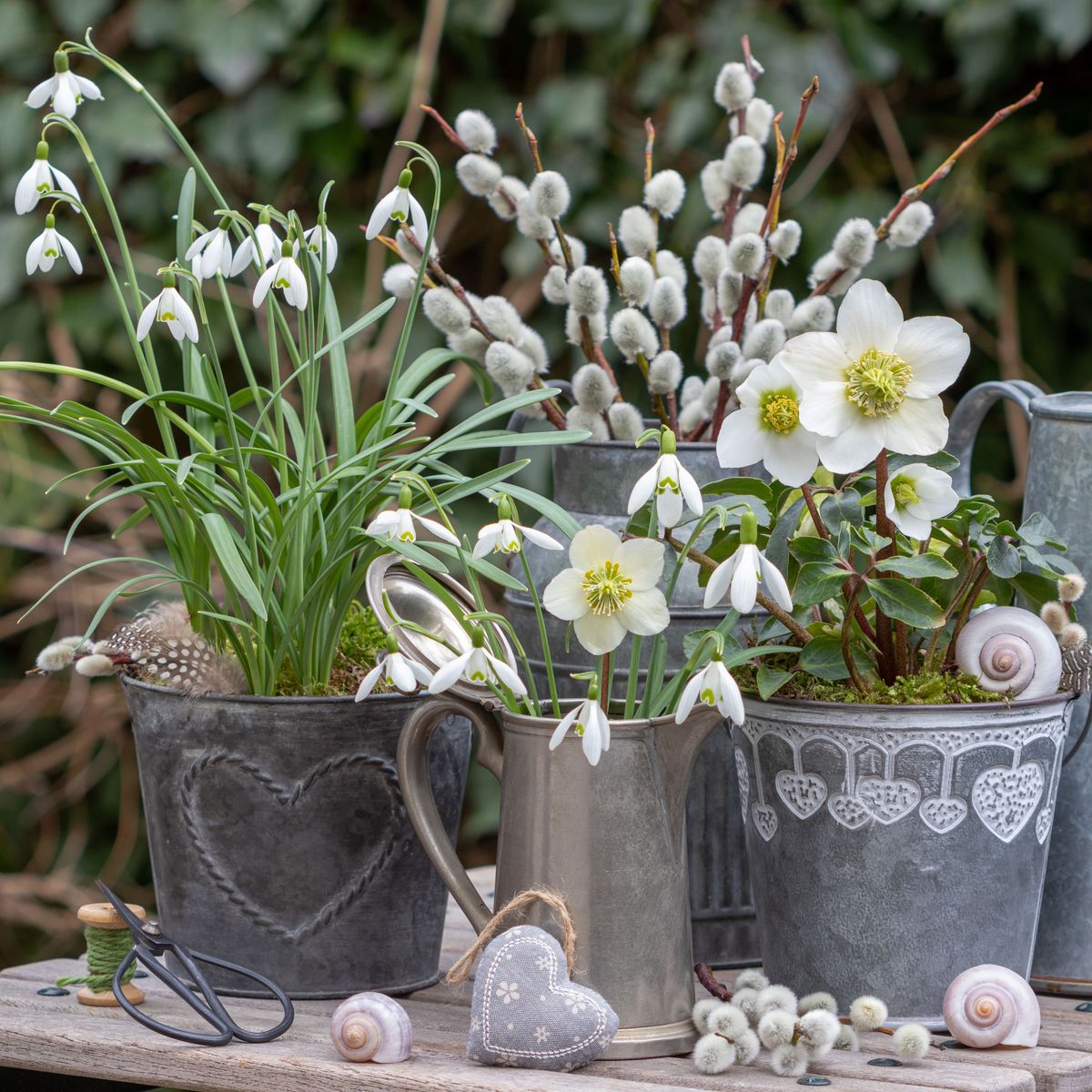Monstera deliciosa (mon-STER-ah de-lis-ee-OH-sah) is an epiphytic vine hailing from tropical areas in both North and South America. It climbs up trees using adventitious roots, and in its native environment, it can grow to a length or height of 70′ feet tall.
In its native setting, it produces sweet, edible fruits that taste like a pineapple and banana combination. Growing as a houseplant, the Monstera is quite unlikely to produce fruits. Also, its leaves, stems, and roots are toxic.
Be sure to keep your Monstera out of the reach of pets and kids. Wear gloves when pruning and handling your Monstera, and be sure to wash up afterward.
Despite the toxicity of the foliage, Monstera is kept for its leaves, which are quite big and showy with large lobes marked by elongated holes which develop over time.
Unfortunately, yellowing leaves are a common malady of Monstera plants. In this article, we discuss this problem and offer solutions to help prevent and treat yellowing leaves on Monstera. Read on to learn more.
Provide These Conditions to Prevent Monstera Leaves Turning Yellow
This tropical plant must be kept in settings with consistently warm temperatures ranging between 60° – 85° degrees Fahrenheit. It likes very high humidity and lots of bright, indirect sunlight.
Additionally, its well-draining substrate (a soilless mix is best) should be watered any time the top couple of inches feels dry. Weekly misting also helps to keep humidity levels high, mimicking the jungle setting from which this plant hails.
If any of these conditions are not met, you may find that your Monstera develops sickly, yellow leaves.
10 Tips for Avoiding Yellowing Leaves in Monstera
Water Correctly
If the plants’ substrate is watered excessively, you can count on yellow monstera leaves. Your goal is to keep the underlying parts of the potting mixture slightly moist but not soaked. Always wait until the top couple of inches of the potting soil dries before watering thoroughly.
Use the soak and dry method of watering for Monstera. Pour water through the substrate until it flows freely through the drainage holes in the bottom of the container.
If you have a saucer under the container, be sure to empty it of excess water. Failure to do so will cause root rot, yellowing leaves, and subsequently the death of your plant.
Never allow the substrate to become completely dry, as this will cause stress and yellowing leaves.
Fertilize Regularly
Be sure that your Monstera is properly nourished to prevent yellowing leaves or a nutrient deficiency. A weak solution of a good, water-soluble general houseplant fertilizer applied monthly throughout the growing season should be plenty.
Don’t fertilize during the late autumn and winter months.
Provide Plenty of Humidity
Remember that low humidity levels will also cause yellowing leaves, so use a humidifier, a pebble tray, and/or mist your Monstera’s leaves weekly to keep humidity levels high.
When you mist your Monstera, do so in the morning so the leaves will have time to absorb the moisture and dry out before dark.
Provide the Right Lighting
Good lighting is also essential to avoid yellowing leaves. These plants can do quite well (but will grow slowly) in a low-light setting. An extremely low light setting will cause leaves to yellow.
Monstera will thrive in an area that provides plenty of bright indirect sunlight. Be very careful not to allow direct sunlight to come in contact with the plants’ leaves as this will cause burning.
Give Strong Support
Be sure to provide your plant (Monstera Adansonii) with proper support in the form of a trellis or a stake. If your plants’ vines and leaves must ramble and clamber over each other, they will naturally be crowded and will not have proper air circulation. This will cause fungal infection and yellowing leaves.
Provide Good Air Circulation
Setting up a small fan in the corner of the room, facing into the corner, can just help keep the air moving around your plants. A little bit of air movement helps prevent the development of fungal infection and strengthens plant stems for overall improved plant health.
Protect Against Drafts
Remember that a little bit of consistent air movement is a good thing, but sudden cold or hot drafts negatively impacts these tropical plants. Don’t place your Monstera near a window or door where it is likely to get blasts of hot or cold air. Likewise, don’t place your plant near an air conditioner or heating vents.
Watch Out for Bugs
Pests are attracted to plants that are under stress. If your plant is suffering from too little light, too much or too little water, incorrect temperatures, or not enough nutrition, you can expect an infestation of pests such as:
These pests are both the symptom and the cause of yellowing leaves. Be sure to inspect your plants frequently for signs of infestation. Treat quickly and examine your plant care habits to address areas that need improvement and prevent reinfestation.
Remove Yellowed Leaves
Don’t be alarmed by the occasional yellow leaf. This is natural. When your plant is making lots of new leaves, older leaves will naturally mature, yellow, turn brown and then fall. If this occasionally happens toward the bottom of the plant, you have nothing to worry about. Simply clip these off with a sterile, sharp blade, and don’t worry about it.
NOTE: Transplant stress can also cause leaves to yellow on the Swiss Cheese plant.
Clean Leaves and Remove Dust
In addition to occasional trimming and pruning, you may want to add a bit of dusting to your grooming routine for your Monstera. Dusty leaves may not perform photosynthesis correctly, and this can lead to yellowing leaves. Use a clean, soft, damp cloth to wipe your Monstera leaves occasionally.












